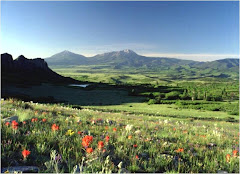We lack adequate data on both sides of the fence . . . shoe and unshod. The shoe companies probably have the most data and, of course, they won't share that with anyone without editing and adding a spin to it for their own personal gain/benefit.
The problem is there are so many factors if we look back in time (from indigenous peoples to pre-cushioned sneakers, etc.) that it's very hard to draw broad conclusions, in my opinion. Besides cushioned sneakers and barefoot running, how often did people run? how long did they run? what surfaces did they run on? were some endurance runners and others sprinters? what were their body composition (height/weight)? did they have injuries that we can't validate or confirm? This is why I love McDougall's book, "Born to Run," as he at least tried to discuss other factors but, essentially, it's a micro study in the big picture.
Like everyone, I've read books that pre-date the modern cushioned shoe and they talk about many of the injuries we talk about today and these books discuss barefoot and shod runners, of course, in very minimal racing type flats (I don't know the % of reported injuries back then vs. today's reported numbers (anywhere from 55% - 80%) but who knows.
I hear about all the injuries folks report having tried barefoot running and it doesn't sound too different from the shod world (yes, I know, it's because they did too much; started too fast, etc., etc., etc., which I believe, but that's not the only factors). Now, I'm a huge proponent of barefoot running but I'm just calling out some holes that need to be addressed.
As this point, for me, I believe there are truths and inaccuracies on both sides. I really hope there are more unbiased reports that at least account for all the other factors that could lead to injury besides just shod vs. unshod . . . that's a great starting point but that just scratches the surface.
HHH


No comments:
Post a Comment